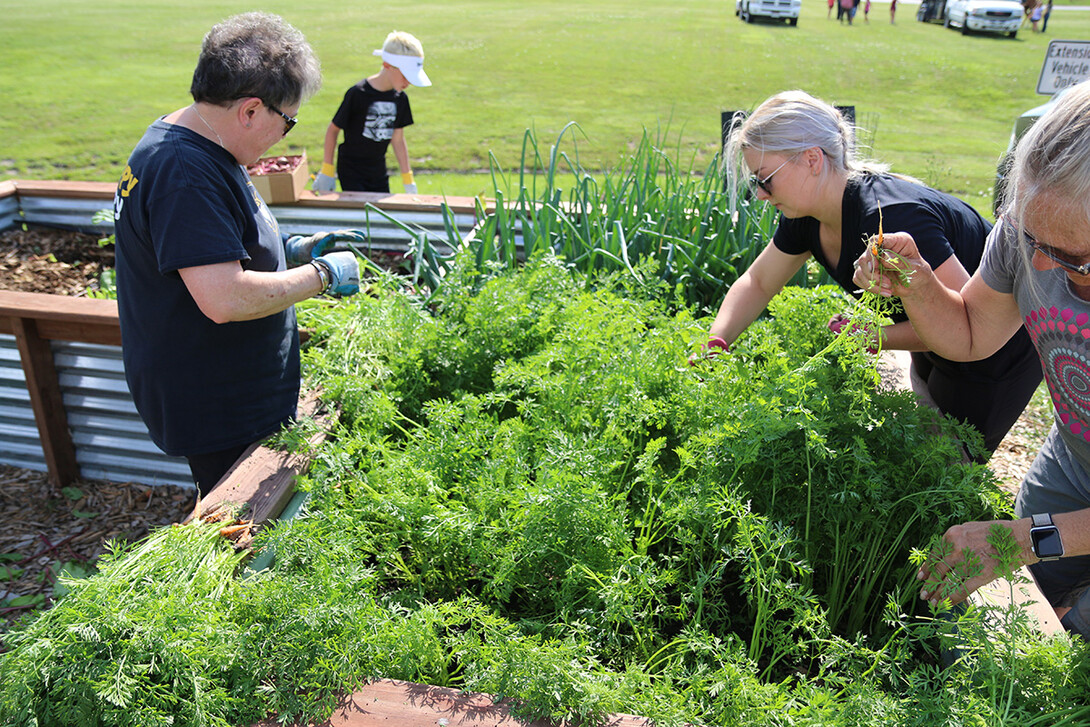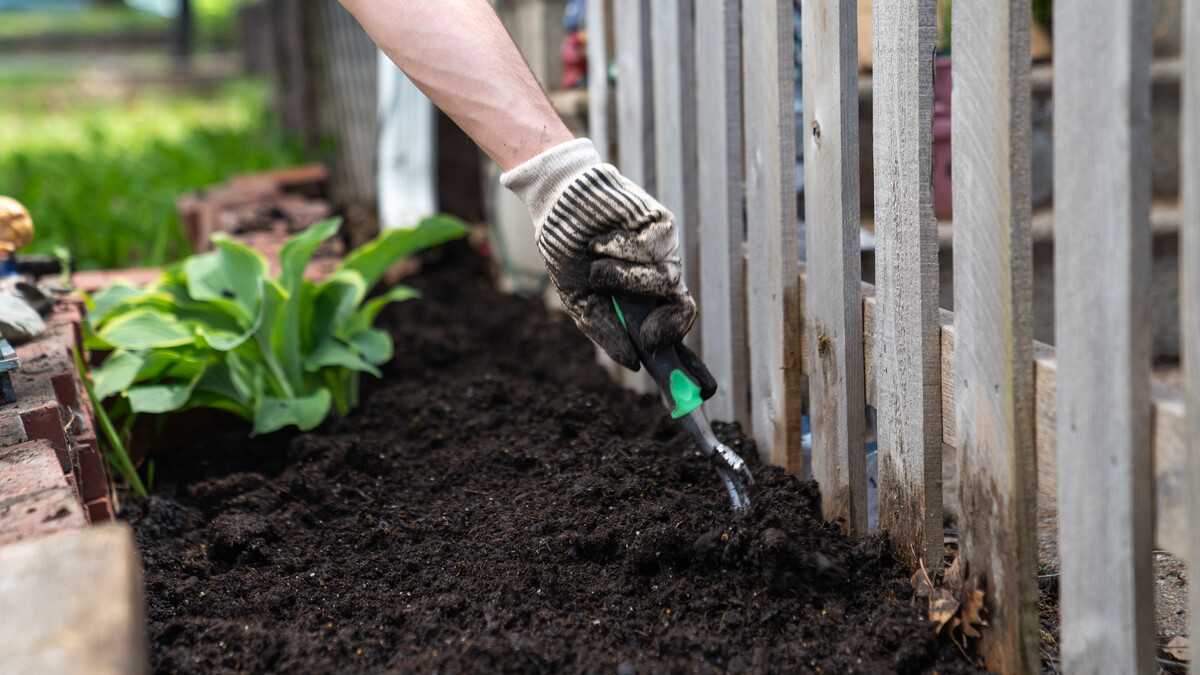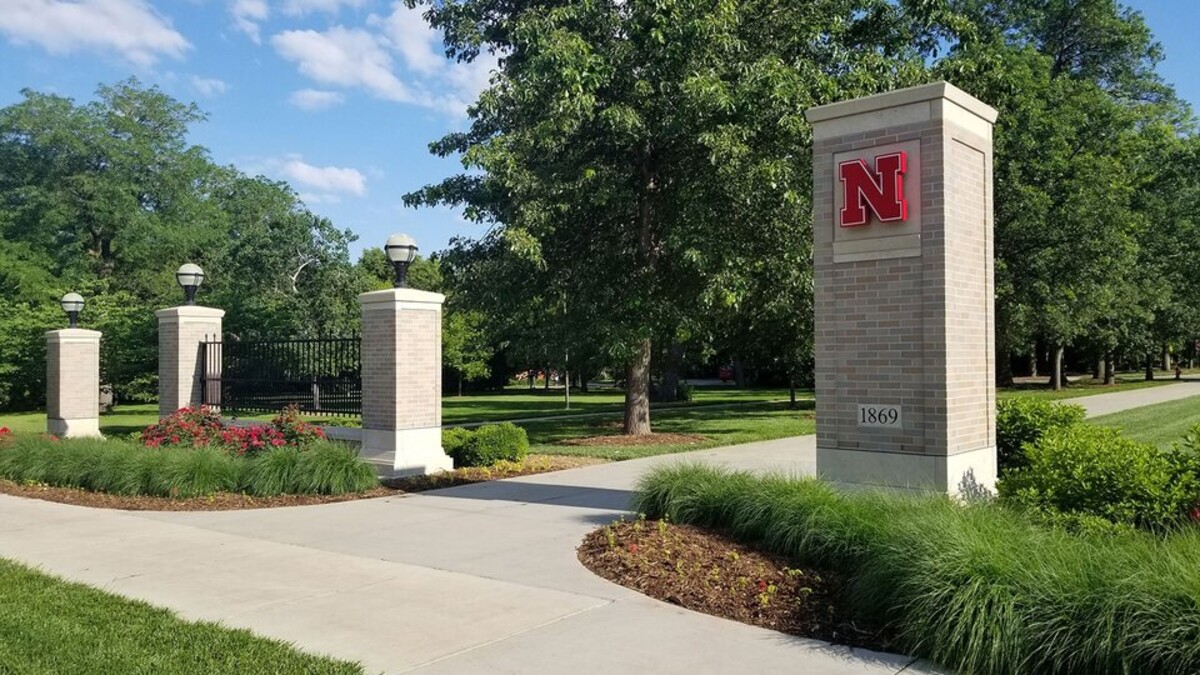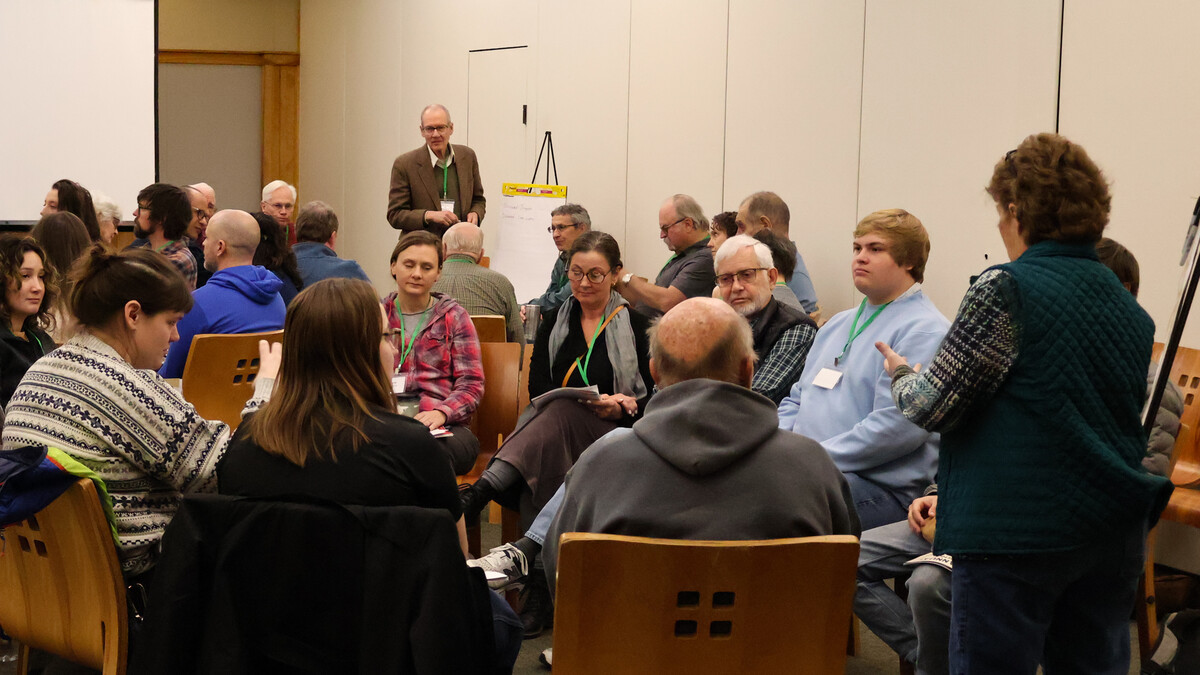
Lincoln, Neb. —Inspect, Connect, Direct, Select -the four steps of the Water Sense Sprinkler Spruce Up. First, inspect and replace clogged, broken or missing sprinkler heads. Second, check for leaks where heads and pipes connect and tighten if needed. Third, direct sprays on the landscape. And fourth, select the proper watering schedule or employ a weather-based irrigation controller.
Sparingly and Caringly. Fertilizer is the largest pollutant in stormwater runoff and spawns large algae blooms, nutrient overload, and hypoxic (or Dead zones) in ponds, lakes, and rivers. Please, apply fertilizer according to instructions and use only the amount needed. Sweep any stray fertilizer back onto the lawn or garden to keep it out of the gutter. For better landscapes and water quality use fertilizer Sparingly and Caringly.
What drains and stores water simultaneously? Healthy soil. Healthy soil both absorbs water quickly and retains the moisture longer than poor quality soil. Increase soil’s absorption and storage capacity by mixing organic matter, like compost, and keeping the ground aerated. According to the USDA, increasing organic matter just one percent can increase the soil’s water capacity up to 20,000 gallons per acre. No joke, healthy soil helps drain and store water.
Save water during Spring clean-up. Refresh mulch layers in plant beds to hold water and reduce weeds. Allow turf to grow taller, providing shade to the roots and boosting moisture retention. When it is time mow, set the mower height three inches or higher to avoid lawn stress. Sweep, instead of wash, the clippings afterwards. Use a sprinkler timer and an automatic shut-off nozzle on the hose to avoid water waste.
What’s your water footprint? Water footprints are amounts of water used in the production and supply of goods and services. The water footprint of your favorite t-shirt, for example, includes the amount water used to raise cotton, create cloth, color it, and ship it to the store, about 713 gallons according to the EPA. Excessive food and clothing waste the water used to make and transport it. Save money and water by buying only what you need or use.







